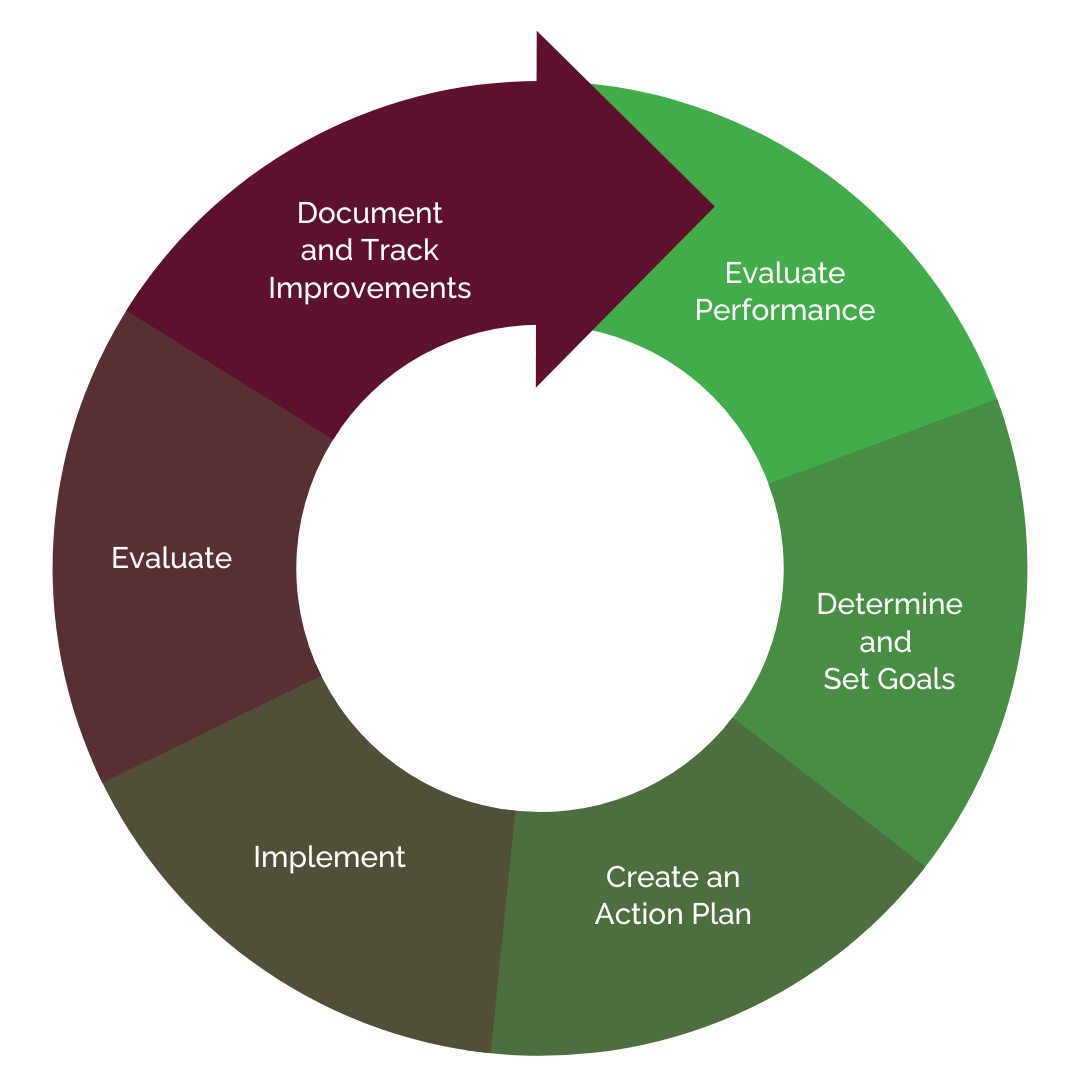Energy benchmarking includes any fuel coming into your building, such as gas, steam, electric, etc. The most common metric used in this process is energy use intensity.
Buildings account of 40% of the total energy used in the United States.
This means that we have a massive opportunity in the real estate market and building management sphere to highlight building efficiency. We can do this through the share of information and resources regarding building performance and energy use.
A growing number of jurisdictions in the U.S. are passing energy benchmarking and transparency policies to address this information and resource gap.
Benchmarking informs organizations about how they use energy, where they use it, and what drives their energy use. It is a key step in identifying opportunities to increase profitability by lowering energy and operating costs. For example:







